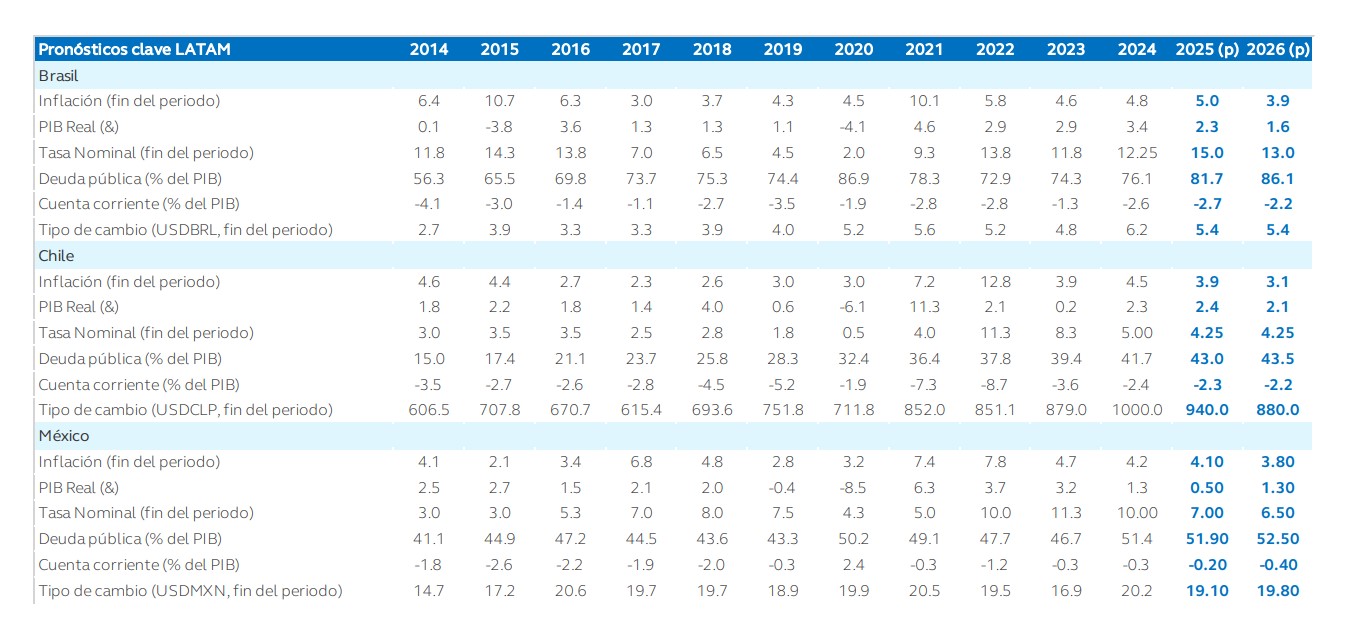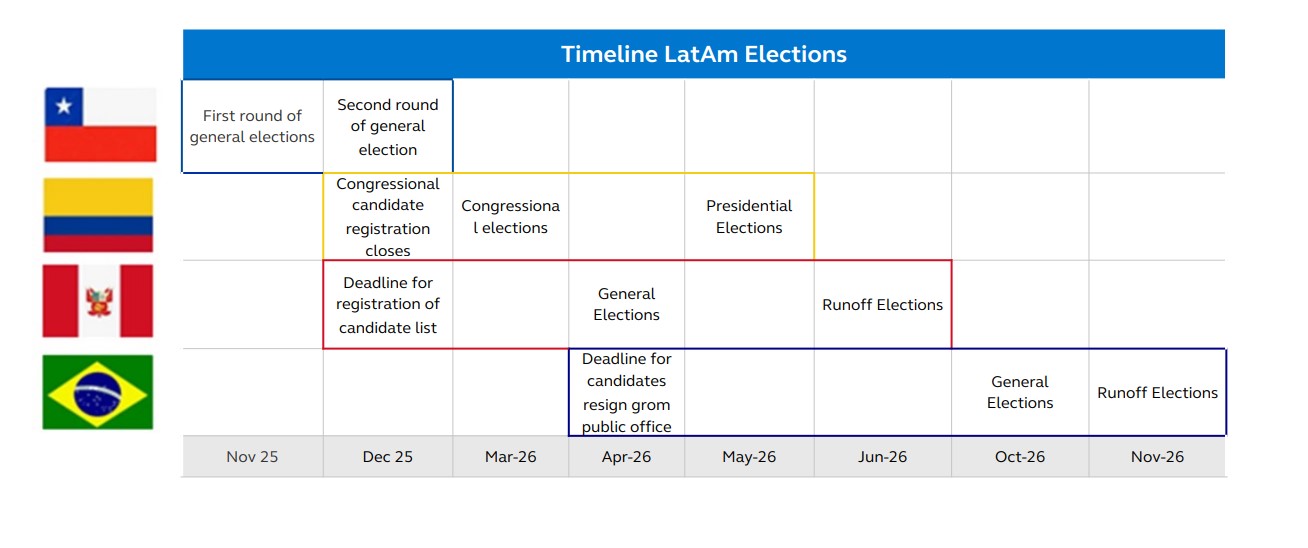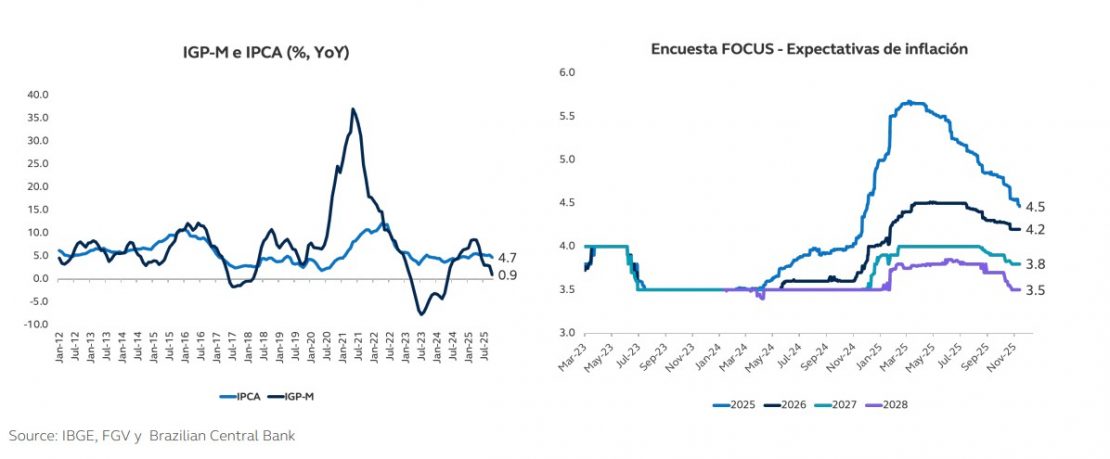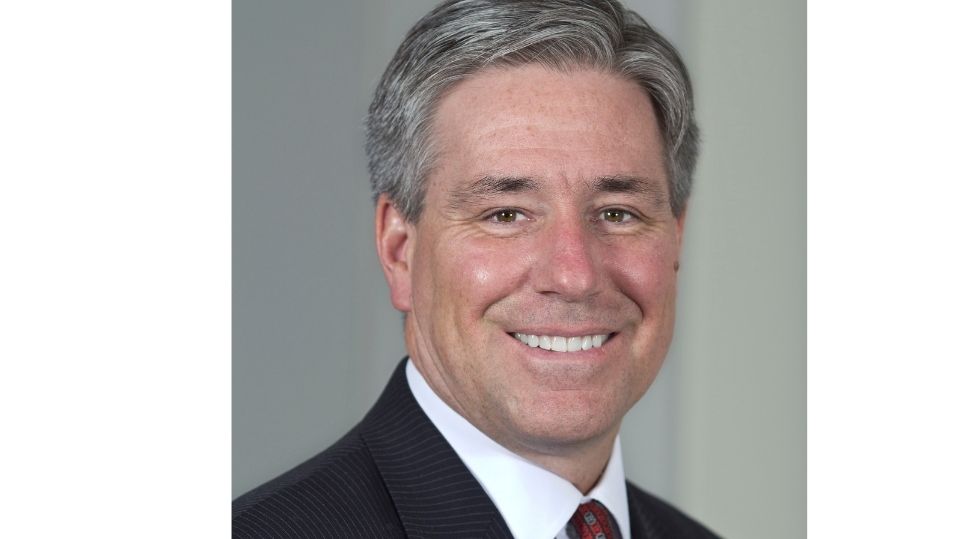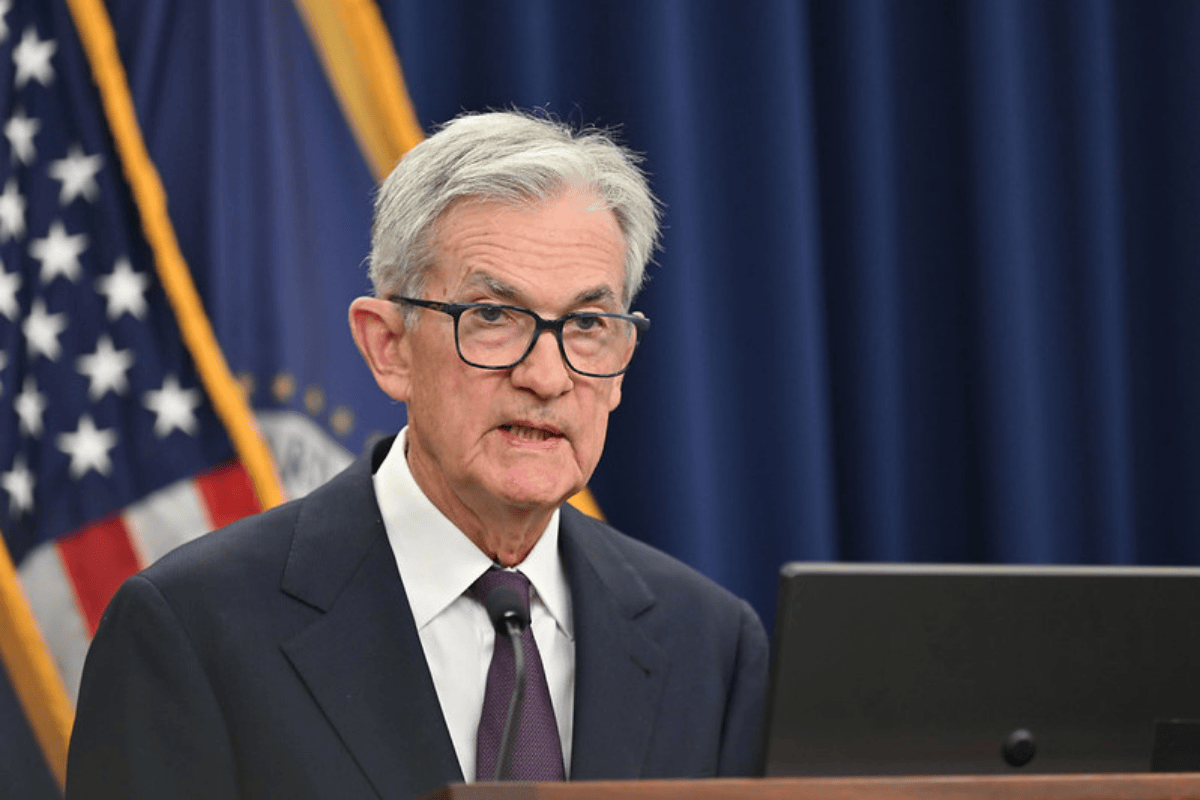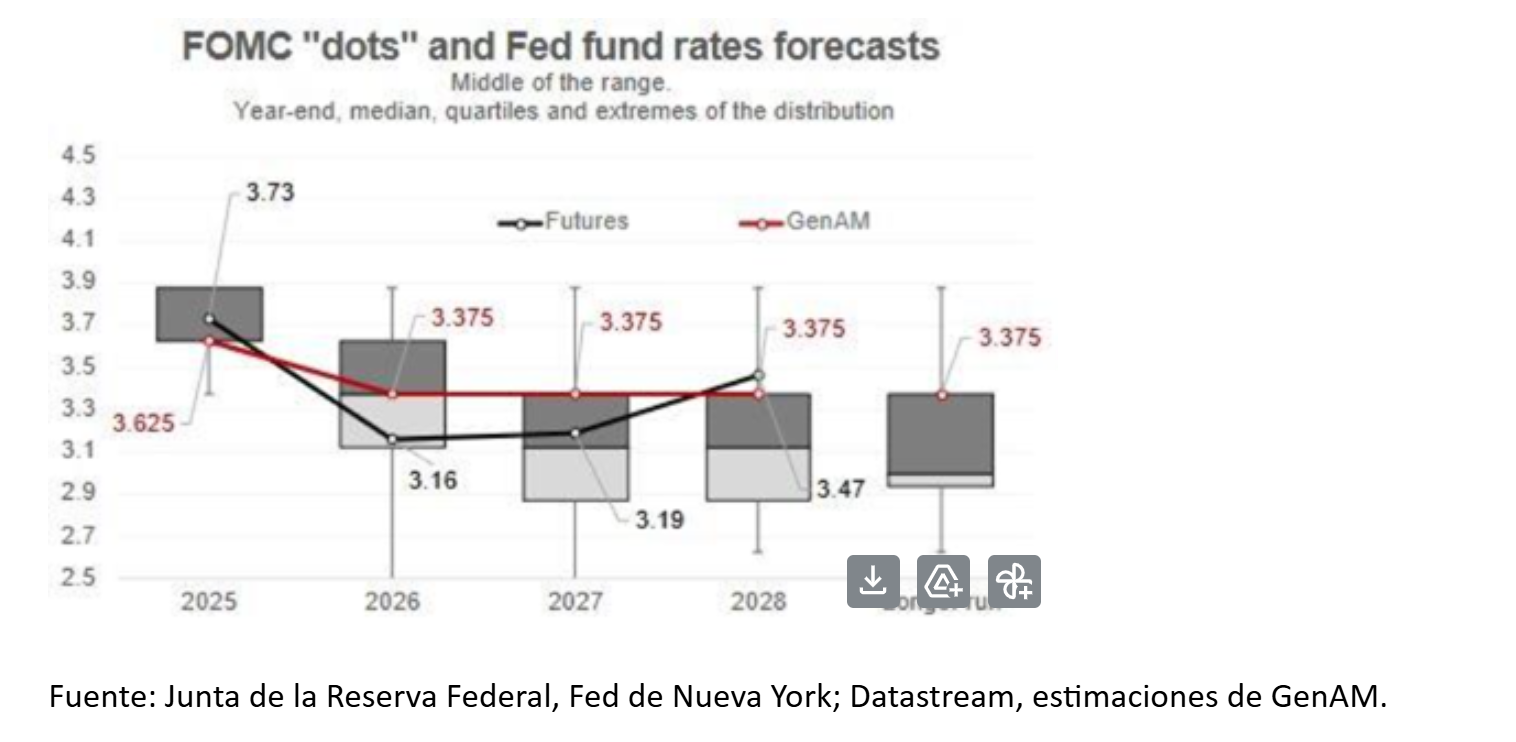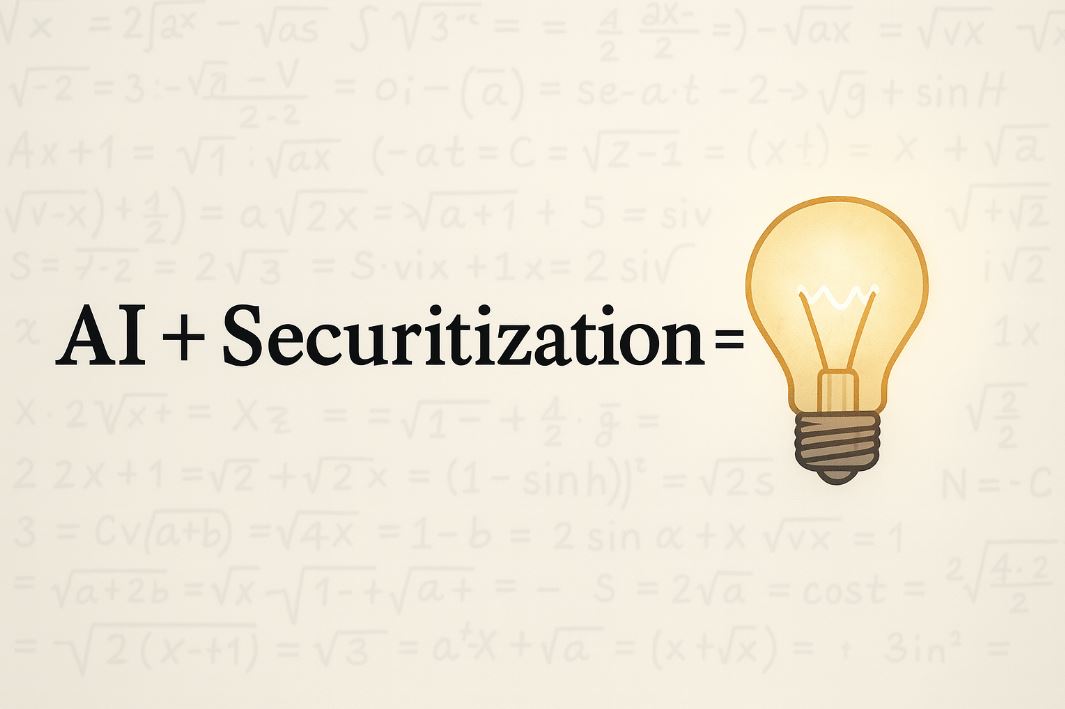How to Meet the Investment Objectives of Billionaires?
| By Amaya Uriarte | 0 Comentarios

The Aspirations of Heirs, the Challenges of New Generations, and Increased Longevity Are the Three Main Issues Billionaires Seek to Address to Sustain Their Wealth. According to the Billionaire Ambitions Report 2025, prepared by UBS, this client profile wants their children to succeed independently and places more importance on personal achievement than on reliance on inherited wealth.
In an era in which entrepreneurs often appoint professional managers or sell their businesses rather than pass them on to the next generation, independent success is particularly valued. In this context, the report reveals that 82% of billionaires with children hope to see them develop the skills and values needed to succeed on their own, rather than relying solely on inherited wealth. In addition, 67% hope their children will pursue their own passions, and 55% want them to use their wealth to make a positive impact in the world.
At the same time, a significant minority expects their heirs to continue the family business: more than four in ten (43%) state they would like to see their children continue growing the family’s operating company, brand, or assets, thereby ensuring the continuity of the family legacy.
A New Social Reality
This goal faces two challenges linked to today’s societal dynamics: the values of new generations and increased longevity. On the first factor, the report notes that billionaires see younger generations as more inclined to value holistic aspects: they say the new generations place greater importance on technological advancement and innovation, lifestyle, and impact investing than their own generation.
According to the survey, 75% consider technology and AI to be a pressing challenge that must be addressed, while 55% point to climate change. “However, opinions vary by region: billionaires in EMEA prioritize climate change and poverty and inequality; those in the Americas focus on technology and AI followed by education; and those in Asia-Pacific are primarily concerned with technology and AI,” the document clarifies.
Regarding the impact of longevity, billionaires believe that living longer may complicate the way they manage family wealth. In a shift that could have far-reaching implications, more than four in ten (44%) expect to live significantly longer than just 10 years ago, and more than a third (37%) expect to live somewhat longer.
“As a result, more than half (58%) of those who expect to live longer plan to regularly review and update their wills, trusts, and beneficiaries. Over four in ten (42%) plan to make—or have already made—longer-term investments. Family offices are also likely to take on a more prominent role in family affairs as the first generation ages,” the report concludes.
Asset Allocation of Billionaires
The big question is what impact these trends are having on asset allocation and how billionaires invest. The UBS report reveals that despite market volatility in 2025, North America remains the leading investment destination (63%), followed by Western Europe (40%) and Greater China (34%). 42% of billionaires plan to increase their exposure to emerging market equities, while more than four in ten (43%) are considering expanding their exposure to developed markets.
Notably, over the next 12 months, nearly two-thirds (63%) of respondents believe North America offers the greatest profit opportunity, down from four in five (80%) last year. “Looking at a five-year horizon, the proportion is slightly higher (65%), almost unchanged from the 2024 survey (68%),” UBS notes.
The report states that as the short-term appeal of North America has waned, that of other major destinations has grown: 40% believe Western Europe offers one of the greatest 12-month opportunities, ahead of Greater China (34%) and Asia-Pacific (excluding Greater China) (33%). “All of these represent significant increases compared to 2024, when fewer than one in five (18%) saw potential in Western Europe, just over one in ten (11%) in Greater China, and a quarter (25%) in Asia-Pacific (excluding Greater China),” the report explains.
Asia and Private Markets
Looking five years ahead, around half of billionaires view Asia-Pacific (excluding Greater China) (51%) and Greater China (48%) as among the most attractive investment destinations. “Perhaps reflecting their widely reported economic and political challenges, just under a third (30%) lean toward Western Europe,” UBS points out.
The report notes that in a context of renewed confidence in Greater China and Asia-Pacific overall, more than four in ten (42%) billionaires plan to increase their exposure to emerging market equities over the next 12 months, where returns have begun to recover after a prolonged period of underperformance compared to developed markets. In contrast, almost none (2%) of the billionaires surveyed intend to reduce their exposure. Meanwhile, in developed market equities, more than four in ten (43%) intend to increase their exposure, although nearly one in ten (7%) plan to reduce it.
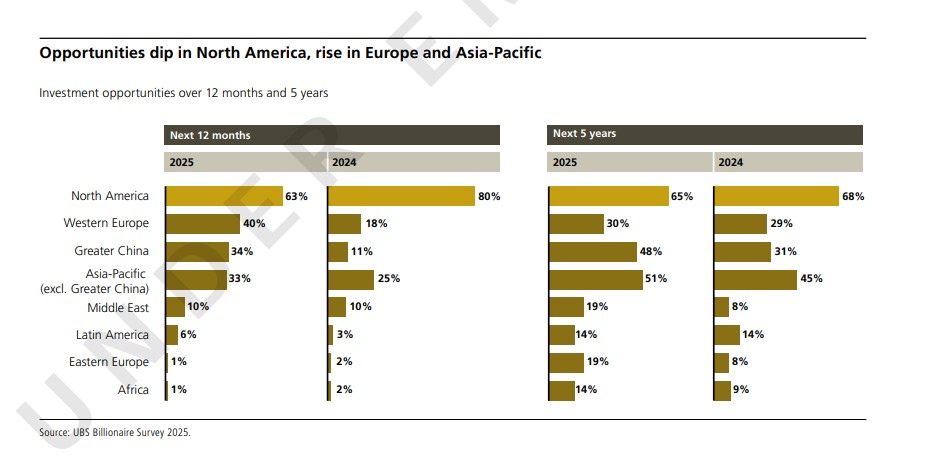
Views on Private Markets
Another key finding of the report is that views on private markets are mixed: 49% plan to increase their direct exposure to private equity, while 20% plan to reduce it. 33% intend to increase exposure to private debt, while 22% aim to reduce it. As for hedge funds, more than four in ten (43%) billionaires intend to raise their exposure (compared to 18% who plan to reduce it). According to the report, “some long-short equity hedge funds may be well positioned to benefit from the current wide and persistent divergence in individual stock performance.”
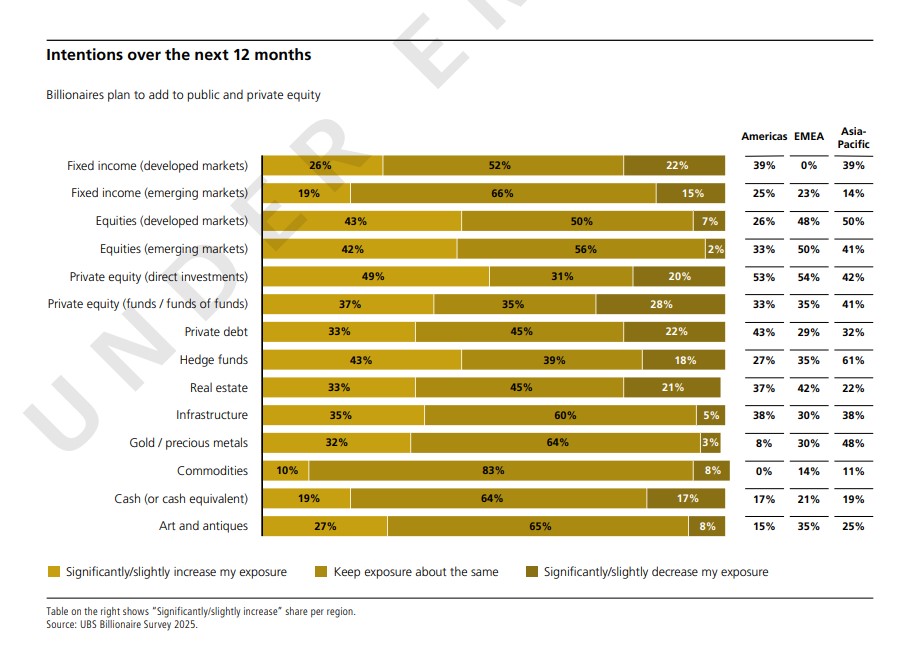
Meanwhile, infrastructure and gold / precious metals are two areas billionaires are turning to in an effort to diversify their portfolios. “More than a third (35%) are increasing their exposure to infrastructure and nearly a third (32%) to gold / precious metals. Fixed income remains a relatively stable area for now. Most billionaires plan to keep their exposure to developed market fixed income (52%) and/or emerging market fixed income (66%) unchanged over the next 12 months,” the report states.



